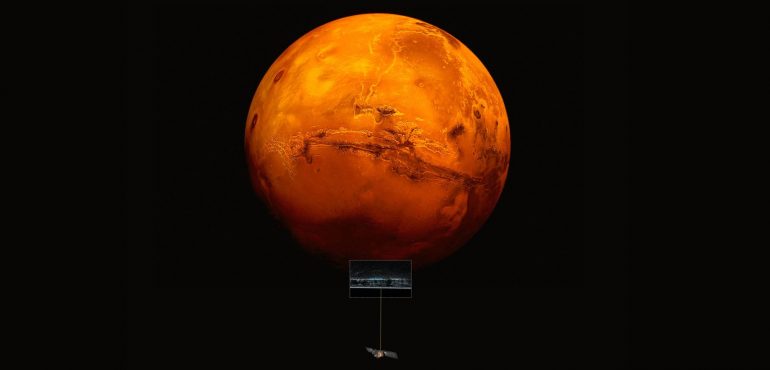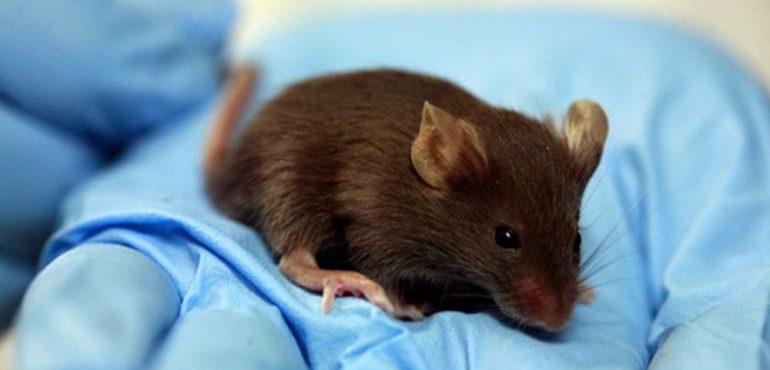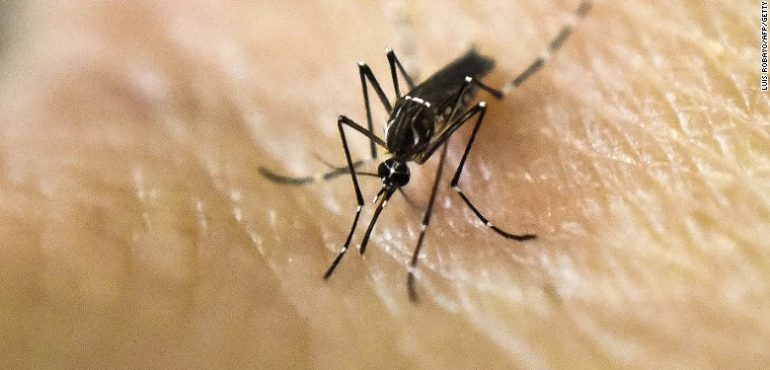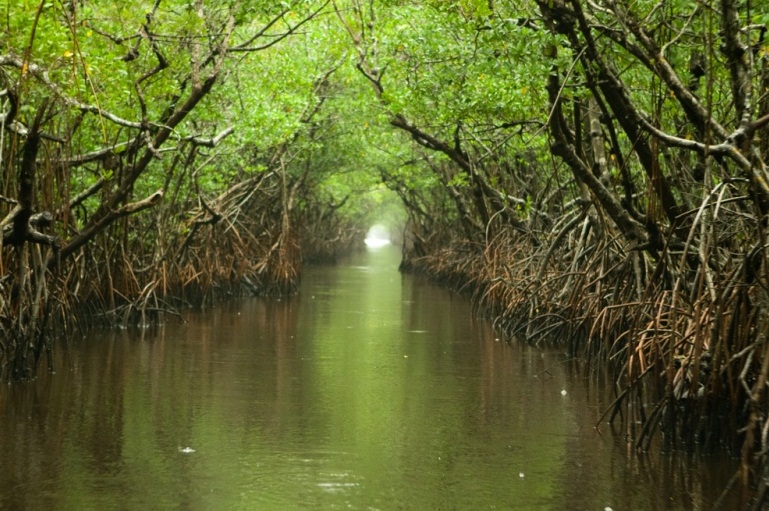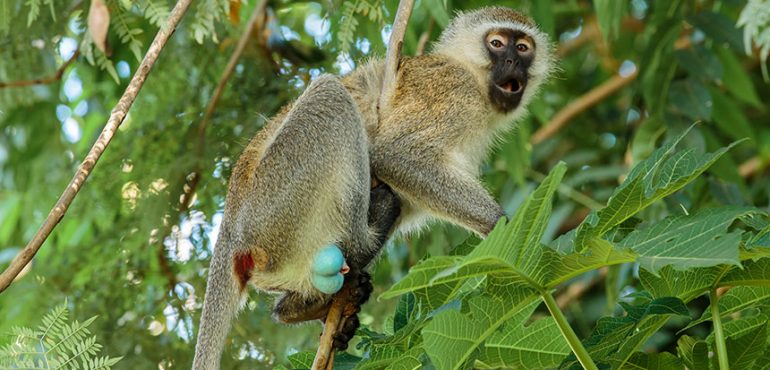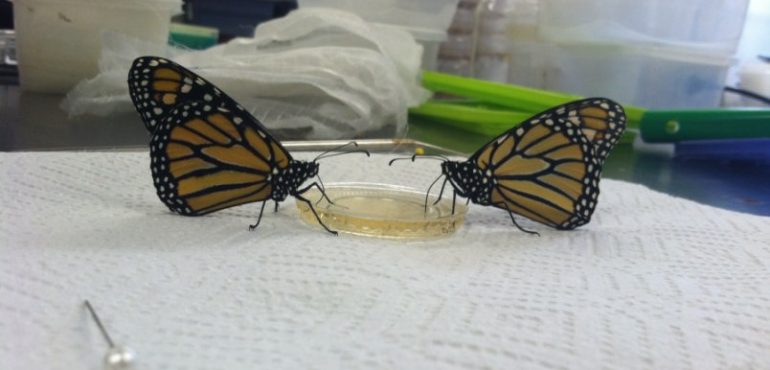Just a mile or so beneath the surface, near the south pole of Mars, there is a reservoir of briny water sloshing and churning below layers of ice and rock. This subglacial lake, discovered by a ground-penetrating radar on the Mars Express spacecraft, is about 20 kilometers (12.4 miles) wide and perhaps no more than…
Read more
Underground Lake of Liquid Water Detected on Mars
